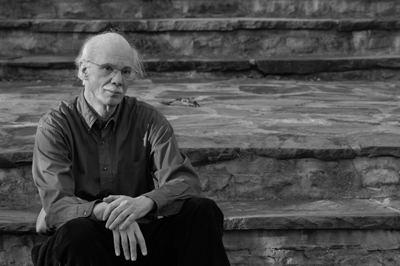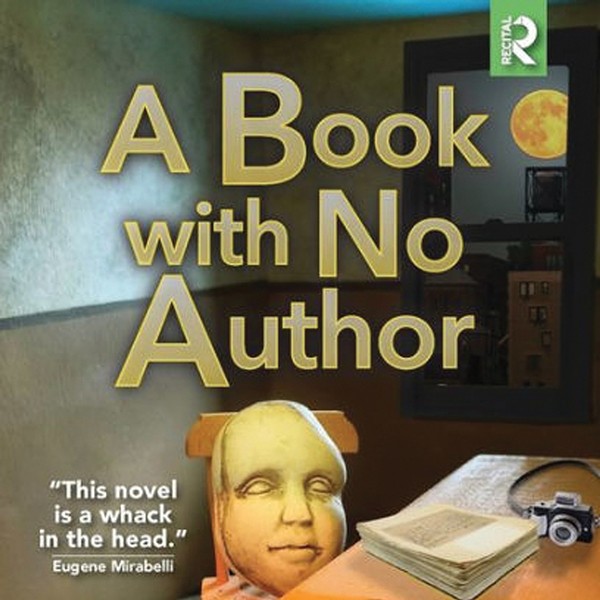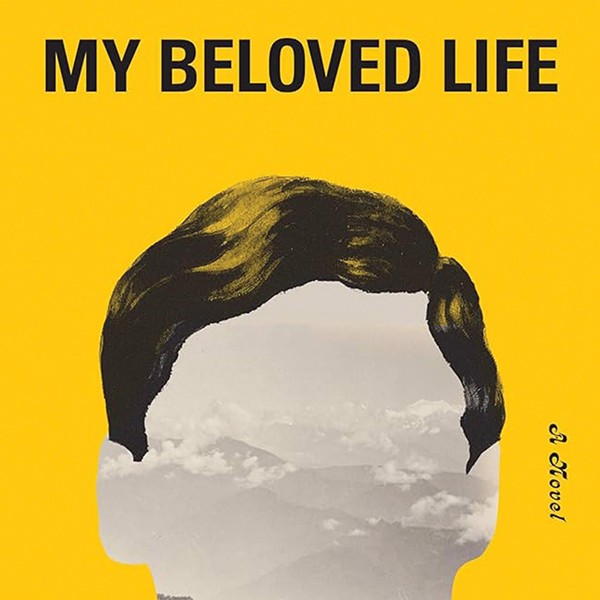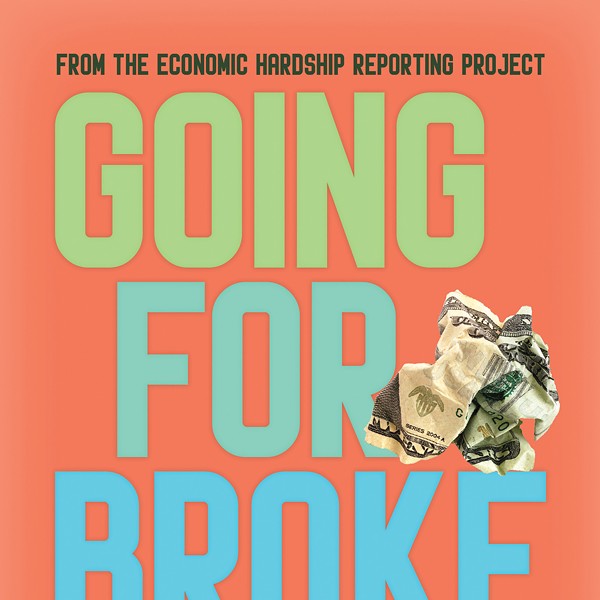Released this February, Millhauser’s latest collection, Dangerous Laughter, continues his exploration of “what if.” By the end of collection, readers will feel like the youth in the title story: astounded and wondering whether they’ve been led to sublime heights, convulsive depths, or the mazy pleasures of both.
In an e-mail interview conducted over a six-week period this winter, Millhauser discussed Dangerous Laughter and his remarkable career as a writer.
While Dangerous Laughter is a collection of short stories, the three sections have the thematic feel of novellas, much like the tripartite format in The King in the Tree and Little Kingdoms. Was this intentional or did the groupings come after the fact?
When I write a story, it’s the only story I’ve ever written and the only story I’ll ever write. It bears no relation to anything else, least of all to my own work. When I’m done with it, though, I recognize that it attaches itself to other stories I’ve written. I see resemblances, connections. The stories in Dangerous Laughter were written over a period of nine years. Each story, when I wrote it, was an independent object. But as they grew in number and I began to think of arranging them in a collection, I noticed possible groupings, especially for the stories now called “Impossible Architectures.” Near the end, I wrote several stories with the sense that they would fit into a plan that had somehow taken shape behind my back.
Did you envision “Cat ’n’ Mouse” as a cartoon reel for a collection of stories, or did it just fall into place when Dangerous Laughter was being put together?
“Cat ’n’ Mouse” was written without any thought of a collection. When the accumulating stories began to fall into groups, I began to entertain the possibility of an opening story that might touch on all the others. I saw that “Cat ’n’ Mouse” has a vanishing theme, as in the first set of stories; an architectural theme, as in the second set; and even, as in the third set, an historical theme, in the sense that the story pretends to resurrect an historical artifact (a mid-century cartoon), though one that never existed.
Apart from all that, I miss opening cartoons when I go to the movies. Where did they all go to, the opening cartoons of my childhood? Since the movies no longer provide them, I wanted to provide one myself. Life is better with an opening cartoon.
In a 2003 interview in Bomb magazine, you said that novels in their exhaustive form “want to devour the world” while being written. In hindsight, are story collections almost as ravenous?
I think it’s a mistake to pit stories—or story collections—against novels. In that kind of contest, the novel always manages to win. But stories, though they appear modest, are secretly ambitious. They want to express the entire world in as short a space as possible. In this sense they dare to think of themselves as superior to novels. A novel, to them, is a lumbering elephant, a sluggish dinosaur. They say: Why do you take up so much space, novel? Why do you take such a long time getting anywhere?
One of the enjoyable aspects of Dangerous Laughter is that motifs and images are expanded upon story by story within each of the three sections. Over the years, you’ve done similarly throughout different works with automaton theaters, miniature palaces, and the moonlit walks in Little Kingdoms and Enchanted Night. Do you think the deepening and broadening of themes ever really stops, or should such things be taken on an artist-by-artist case?

















